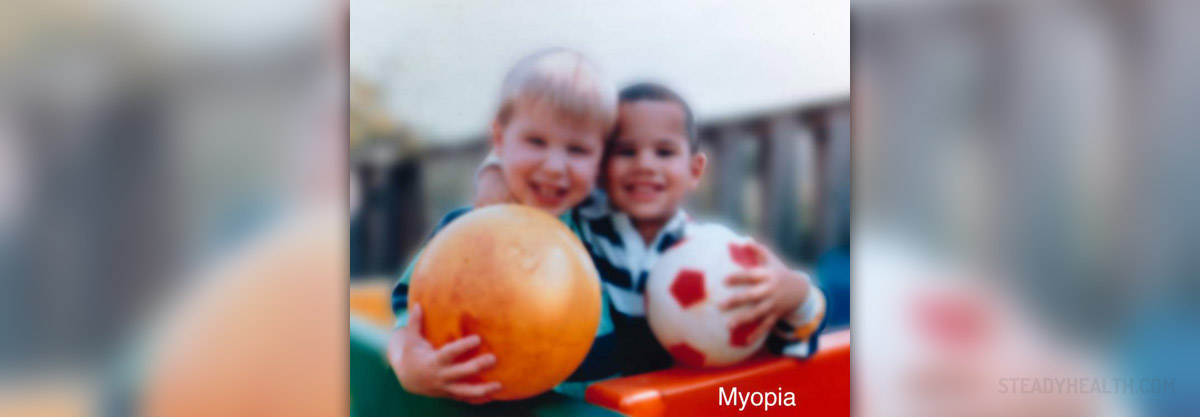
What is Myopia?
Nearsightedness or myopia is a condition in which the light rays fall in focus in front of the retina, instead on it. Because of this, shortsighted people glimmer to get a sharp picture of the items. Myopic people see distant objects as blurred, while they see near ones relatively well. Nearsightedness affects people between the age of 6 and 40, mostly children in the teenage period. After the forty-five, myopia reduces and vision improves. In contrast to the healthy eye, at the myopia the eyeball is longer or a cornea is more curved.
Myopia Classification
According to the strength, myopia can be classified into:
low – up to -3 dpt (diopter) middle – from -3.25 to -8 dpt high – from -8.25 in ascending orderIn addition, it can be classified by the cause:
break–even – cornea is more curved axial – when the eye axis is bigger than 24 mm index – too high refractive index in the lens or eye water accommodative – when there are accommodative crampsAccording to the clinical course myopia can be:
Benign myopia does not exceed - 8 dpt and doesn’t cause complications to retin a. It corrects by the weakest glass that gives a good central vision. Too strong correction could lead to the farsightedness with accommodation difficulties. Malignant myopia rarely occurs. Diopter increases with sudden or gradual appearance of degenerative changes in the retin a, whites of the eyes and the vision nerves.Treatment
Myopia is treated by wearing glasses, contact lenses or by surgery. Depending on the state of myopia, glasses or lenses must be worn continuously or only occasionally, while looking at distance, driving, watching movies, lectures and so on. In myopia diopter has a negative sign. As the number that indicates myopia is higher, the situation is more difficult.
Surgical Treatment
The surgery, which stops the growth of myopia in children and adults with progressive or malignant myopia, is called scleroplasty. It lasts about ten minutes, and some time after the surgery eye drops should be put in the eyes.
With the damage of the eye bottom caused by hard myopia and with hemorrhage in the retina due to diabetes, to prevent further damage, laser interventions recommend. Peripheral retinal laser coagulation can prevent retina detachment. It is conducted without anesthesia.
With the high myopia, eye can be insufficiently supplied with blood. Surgery of blood vessels in the temples, with local anesthesia, increases twice a blood flow to the eye.
In stable myopia diopter can be corrected by laser surgery - refractive keratectomy. It is performed by the modern laser equipment, which enables precise reducing diopter (minus diopters and astigmatism) in one surgical procedure. The intervention takes a few minutes, it is performed in local anesthesia (eye drops) and the patient must instill eye drops in a strictly mode after surgery for three months.



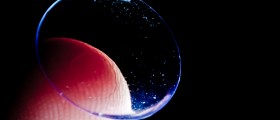



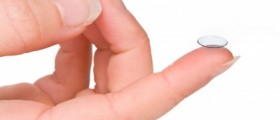



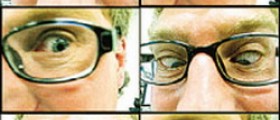


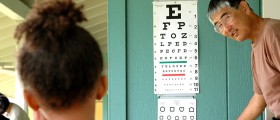


Your thoughts on this
Loading...